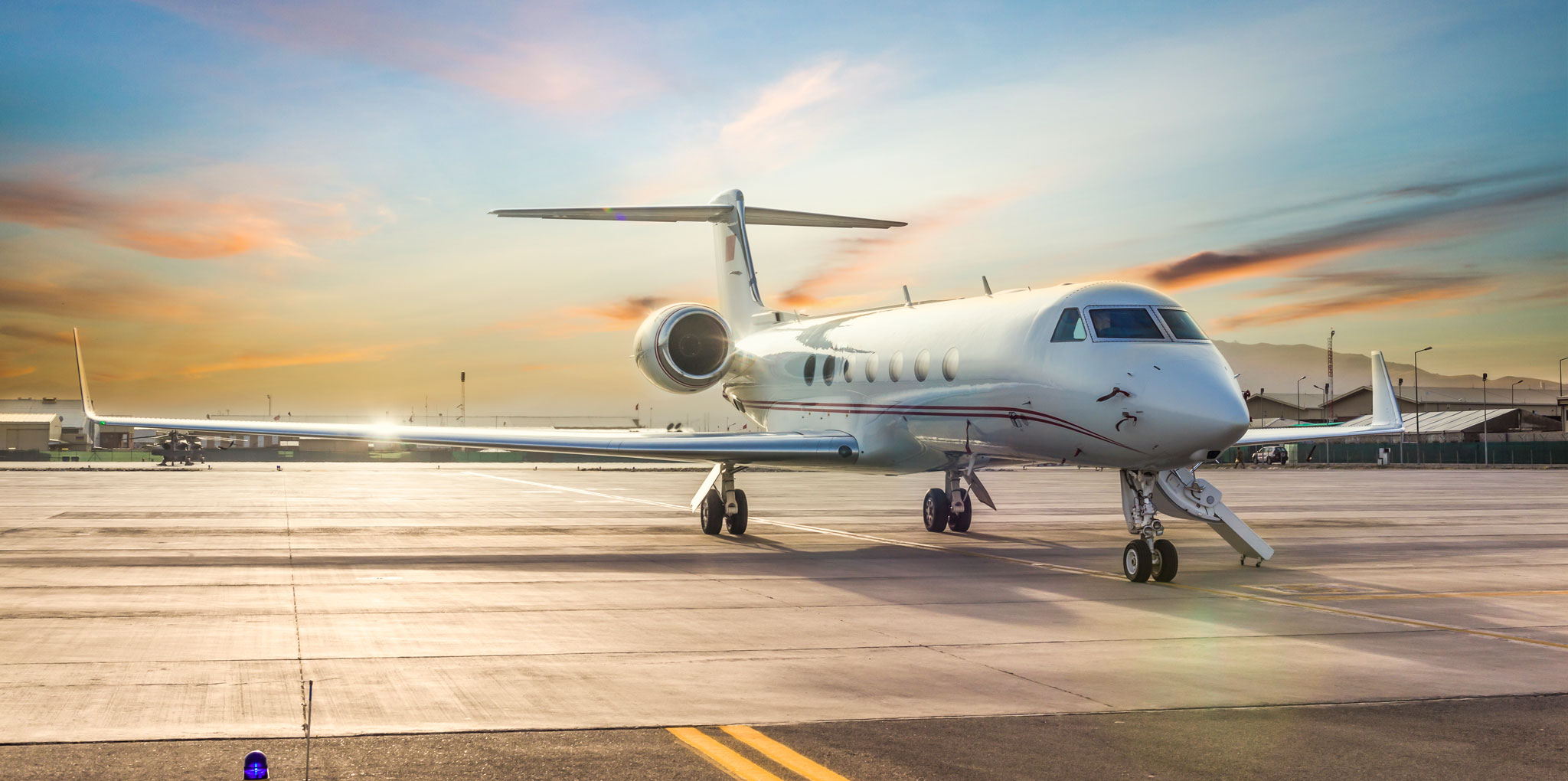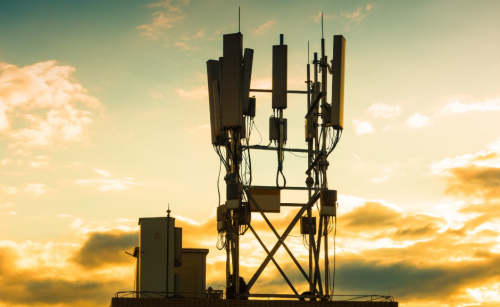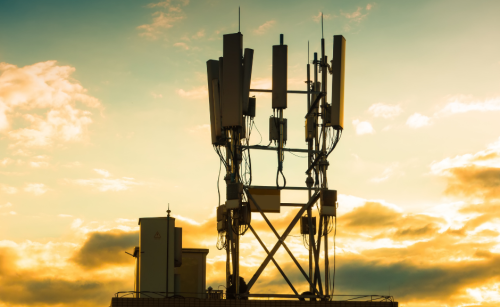Article supplied by CASA. The Civil Aviation Safety Authority will work with the aviation industry and the Australian Communications and Media Authority (ACMA) on the introduction of expanded 5G services in Australia.
CASA has worked closely with ACMA to ensure that the roll-out of wireless broadband services, including 5G, in the 3.7 – 4.0 GHz band (mid-band) can be done in a way that ensures the safety of aircraft and acknowledges the importance of Australian aviation.
This includes measures mitigating against potential interference by 5G to radio altimeters (radalts) used in aircraft to determine height above terrain. Information from radalts is displayed to pilots and used by other safety systems.
Radio altimeters operate in the 4.2 – 4.4 GHz range and mid-band 5G transmissions have been introduced without issue in several jurisdictions. However, the introduction of 5G transmissions in 3.7 – 3.98 GHz range in the United States raised concerns about possible interference with radio altimeters, particularly during low altitude operations during take-off and landing near airports.
After introducing measures to mitigate the possibility of interference, the US Federal Aviation Administration now requires operators to upgrade or replace radalts failing to meet a minimum performance level for aircraft landing procedures that are reliant on this equipment.
Australia will see a range of mitigations on deployments above 3.7 GHz until 31 March 2026. This is designed to protect against the risk of 5G interfering with radio altimeters and minimise disruptions to aviation operations.
The mitigations will restrict wireless broadband deployments in the 3.7-4.0 GHz band around runways and approaches identified by CASA at 21 airports nationally where landings using radio altimeters are permitted. There will also be limits on power and unwanted emissions.
We do not expect to impose operational limits on air operators during this interim period. However, operators will need to upgrade radalts that do not meet minimum performance levels before the interim period ends. We will liaise with industry about the applicable performance standards for radalts and available options for upgrading.
CASA is monitoring developments internationally as 5G is rolled out and we are confident the interim measures put in place by ACMA will ensure continued safe aviation operations.
Ongoing mitigations after 2026 will include a 200 MHz buffer between wireless broadband and radio altimeter frequencies as well as limits on power and unwanted emissions.
We encourage pilots to report any spurious radio altimeters incidents by using our defect reporting form or to the ATSB via their notification form.
CASA issued its latest airworthiness bulletin on the 5G issue on 4 March 2022 and a revised version is due out soon.
Further information is available on the ACMA 5G and aviation page.



